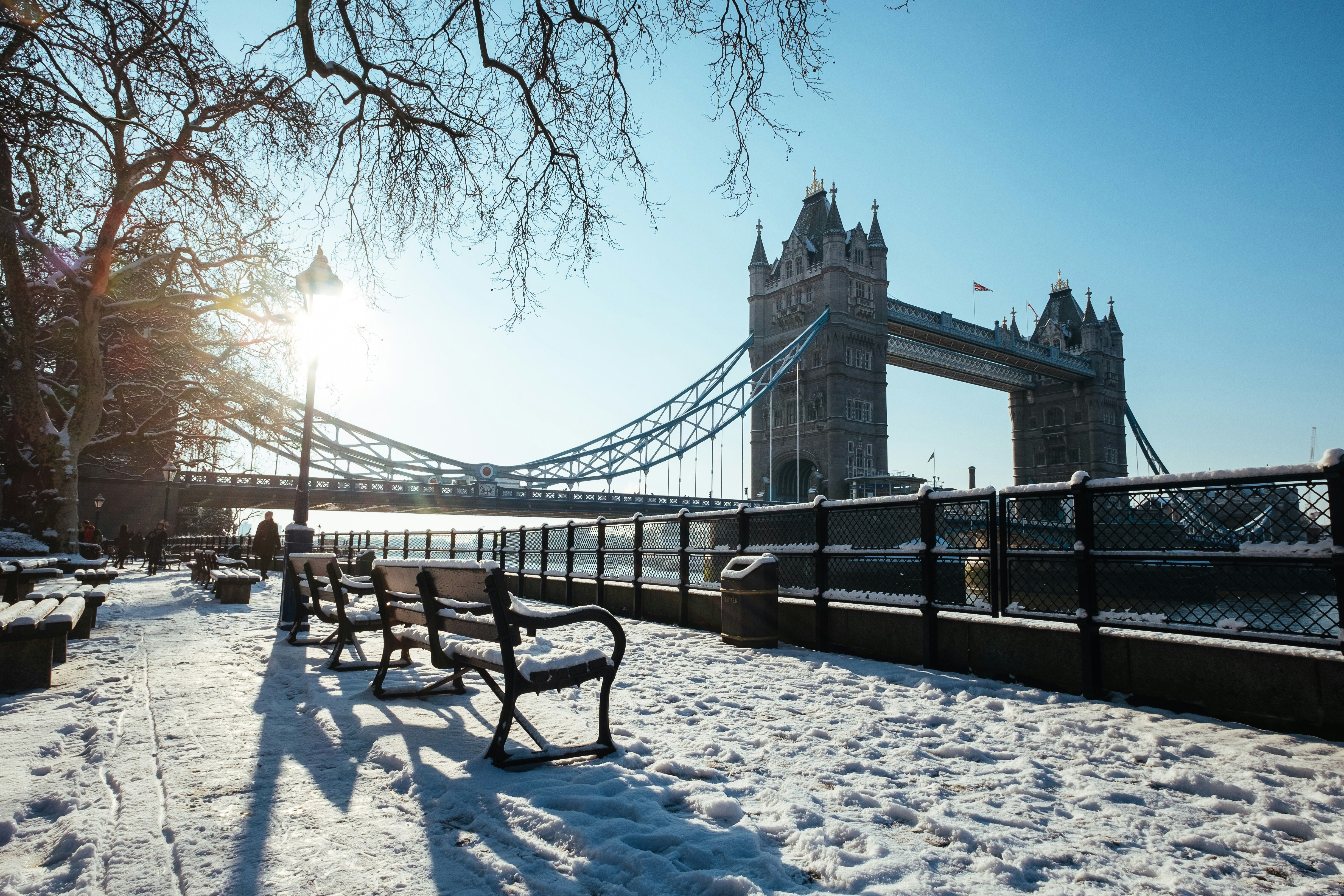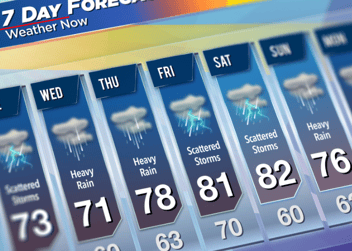
As global temperatures rise, a counterintuitive phenomenon may emerge: the UK could face colder winters. Recent discussions among scientists highlight concerns that the warming climate might disrupt the Atlantic Meridional Overturning Circulation (AMOC), a crucial system of ocean currents that includes the Gulf Stream.
The AMOC plays a vital role in transporting warm water from the tropics to the North Atlantic, significantly influencing the UK's mild climate. A slowdown or collapse of this system could lead to a substantial drop in temperatures across the region. This scenario would not only bring colder winters but also heighten the risk of extreme weather events, including prolonged cold spells, increased snowfall, and disruptions to seasonal climate patterns.
Understanding the AMOC and Its Importance
The AMOC is a large system of ocean currents that acts like a conveyor belt, moving warm, salty water from the tropics to the North Atlantic. This process helps regulate global climate patterns and is particularly influential in maintaining the relatively mild winters experienced in the UK. However, the influx of freshwater from melting polar ice caps, driven by global warming, can disrupt this delicate balance.
Freshwater reduces the salinity and density of seawater, hindering the sinking process that drives the AMOC. If this circulation weakens significantly, it could lead to cooler temperatures in the UK and Northern Europe, despite the overall trend of global warming. Scientists warn that a collapse of the AMOC could also trigger shifts in weather patterns worldwide, potentially leading to more intense storms, prolonged droughts in some areas, and increased rainfall in others.
Potential Impacts on the Construction Industry
Temperature is a crucial factor affecting construction. According to some EHAB data, activities related to temperature have seen increased productivity in recent years. With rising temperatures, the number of days with freezing conditions has decreased, at least in the UK. However, geographically, the UK is quite far north.
In fact, London is situated further north than Boston and New York. Despite being at a similar latitude, London enjoys much milder winters compared to cities like Boston or New York, thanks to the AMOC. Both East Coast cities, like London, are coastal and benefit from oceanic influences, yet they endure harsher winters with significant snowfall and sub-freezing temperatures due to Arctic air masses. London, on the other hand, has historically been shielded from extreme cold by the Gulf Stream's moderating effect. However, if the AMOC were to weaken or collapse, the UK's winters could resemble those of the northeastern United States, with more frequent cold snaps, heavier snowfall, and extended winter seasons.
The construction industry is particularly vulnerable to fluctuations in weather, and an increase in extreme cold conditions would bring significant challenges. Projects that rely on outdoor labor could experience longer delays, as freezing temperatures and snowfall make working conditions unsafe. Moreover, building materials, particularly concrete and adhesives, behave differently in cold weather, requiring special handling and potentially increasing costs. Additionally, infrastructure designed for mild winters may struggle to cope with increased frost, leading to more frequent maintenance issues and higher long-term operational costs.
Adapting to Changing Weather Patterns
The possibility of colder winters necessitates proactive adaptation strategies within the construction sector. Incorporating advanced weather forecasting models can aid in project planning and risk management. Designing buildings with enhanced insulation and heating systems will ensure occupant comfort and energy efficiency.
Additionally, selecting materials that can withstand a broader range of temperatures will enhance the durability and longevity of structures. Companies must also invest in flexible scheduling methods to accommodate unexpected weather delays and explore alternative construction techniques, such as modular and offsite construction, to reduce reliance on weather-sensitive site work. These measures will not only help mitigate risk but also improve the resilience of the built environment in the face of changing weather patterns.
On the East Coast of the USA, where extreme weather events are becoming more frequent, these strategies are particularly crucial. The region could face more intense storms and fluctuating temperatures, impacting construction timelines and infrastructure resilience. By adopting these adaptive measures, firms can better navigate the challenges posed by these evolving conditions.
Conclusion
While global warming suggests a trend toward higher temperatures, its complex interactions with oceanic and atmospheric systems may lead to unexpected regional climate shifts, such as colder winters in the UK. The construction industry must remain vigilant and adaptable, embracing strategies that mitigate risks and capitalize on opportunities presented by these evolving conditions.
By investing in climate-resilient designs, improving construction methodologies, and staying ahead of regulatory changes, companies can turn potential climate-related challenges into competitive advantages. As climate science continues to evolve, ongoing collaboration between industry leaders, policymakers, and researchers will be crucial in ensuring a sustainable and resilient built environment for the future.





